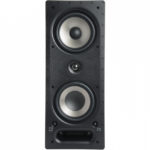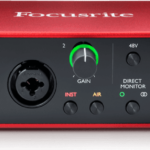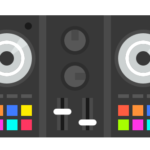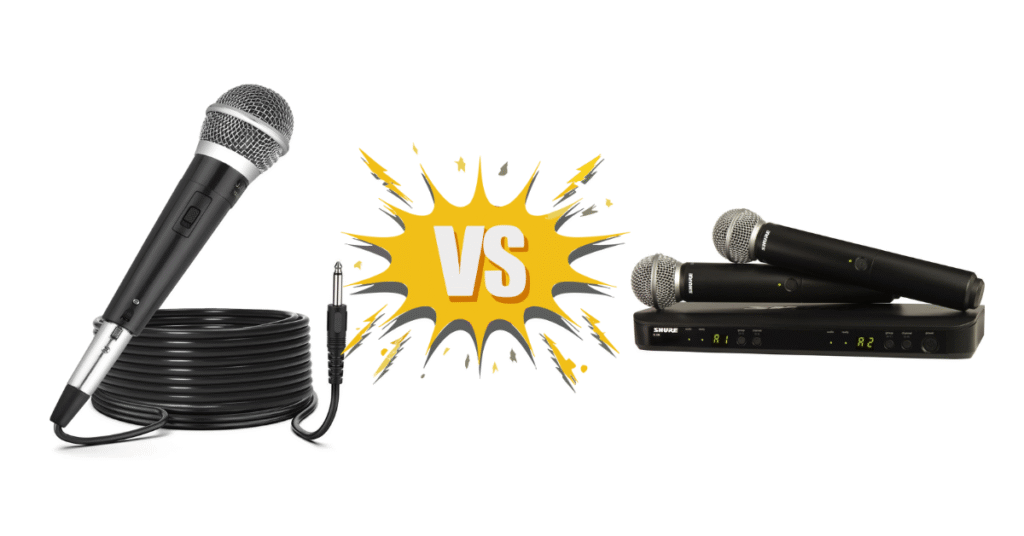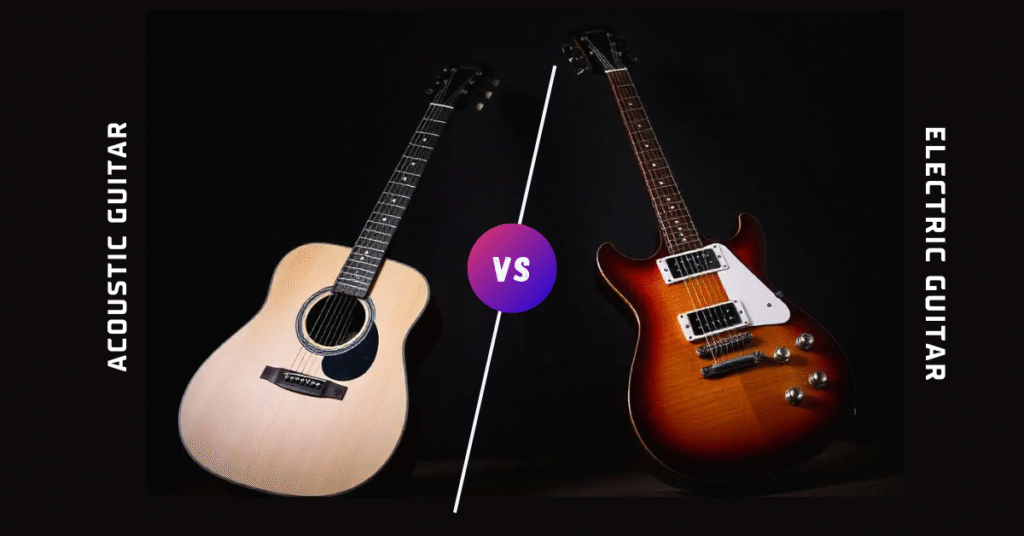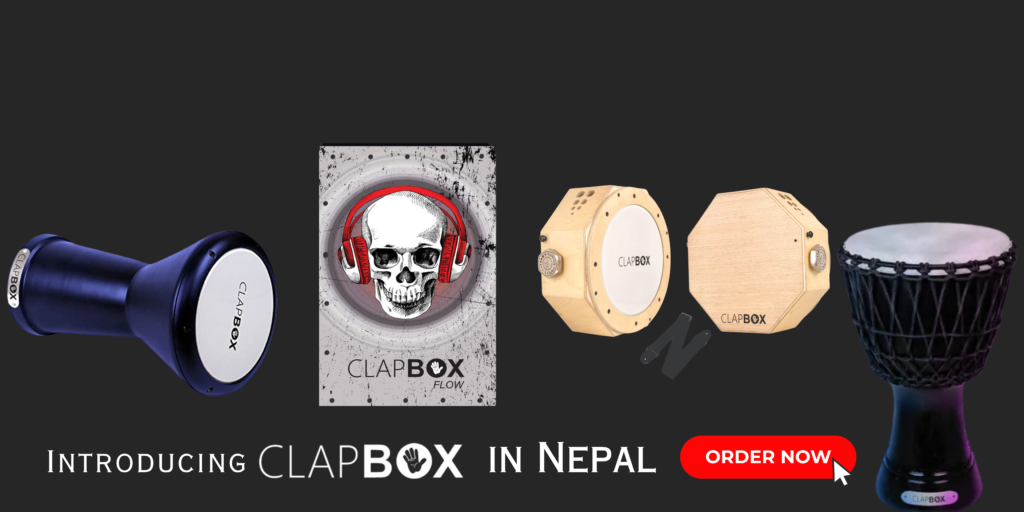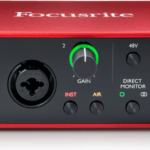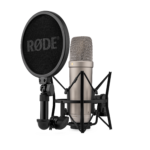A Simple Guide To Buying Drum in Nepal. Electric Vs Acoustic Drum

Drum in Nepal: Welcome to the world of drumming, where rhythm is powerful and beats come to life. Whether you’re a seasoned musician or a curious beginner, learning the drums is an exciting activity with limitless potential. In this comprehensive guide, we’ll explore the essence of drumming, look into the transformative power it holds, and provide valuable insights into purchasing your very own drum kit.
Drumming is more than just playing the drums; it is a dynamic expression of creativity, emotion, and rhythm. Drums influence the musical environment in a variety of ways, from the pounding heartbeat of a rock song to the subtle polyrhythms of jazz. As you enter the world of drumming, embrace the beat that flows through you and allow it to direct your journey.
Playing drums provides numerous benefits for individuals, including improved physical fitness, stress relief, enhanced cognitive function, and boosted confidence. It provides a creative outlet for emotional expression while also fostering social connections through collaboration and teamwork. Drumming boosts creativity, promotes relaxation, and provides a sense of delight and accomplishment. Whether in a solo practice session or a group performance, the rhythmic expression of drumming enriches lives and improves overall well-being.

- Ride Cymbal: A large cymbal usually positioned on the right side of the drum kit, often used for maintaining a steady rhythm or playing melodic patterns.
- Floor Tom: A large, deep drum placed on the floor, typically used for producing low-pitched sounds and adding depth to drum beats.
- Hi-Tom and Mid-Tom: Smaller drums mounted above the bass drum, used for playing higher-pitched sounds and adding variation to drum patterns.
- Crash Cymbal: A medium to large cymbal that produces a loud, explosive sound when struck, often used for accents and dramatic effect.
- Hi-Hats: A pair of cymbals mounted on a stand, operated with a foot pedal, used for creating rhythmic patterns and adding texture to drumming.
- Snare Drum: A shallow drum with wires stretched across the bottom head, producing a sharp, snappy sound when struck, commonly used for backbeats and accents.
- Bass Drum: The largest drum in the kit, played with a foot pedal, responsible for producing deep, low-pitched sounds that provide the foundation of the rhythm.
Hardware: This encompasses the stands, pedals, and other components that hold everything together and allow for adjustments. A throne (drum stool) is also essential for comfortable playing.
How to Learn Drums
Learning drums can be approached in a variety of ways, depending on your tastes. One alternative is to take drum classes with a trained instructor, who will provide an organized learning experience that focuses on theory and techniques. Alternatively, you can teach yourself by using internet resources or self-teaching methods to study at your own speed. The choice between teacher assistance and self-teaching is based on your preference for feedback and human interaction vs the ease of digital technologies. The key is to select a learning approach that fits your personality and goals, whether that means focusing on theory or getting right into practice. By choosing the appropriate path, you can set yourself up for success in your drumming career.
- Drumming Instructor/Tutor: Take drum classes or lessons with a qualified instructor for structured learning in theory and technique.
- Self-Teach: Explore drumming at your own pace using online resources, interactive platforms, or self-teaching techniques.
Types of Drum
- Acoustic Drums: Acoustic drum in Nepal are the traditional choice for drummers, delivering a true sound and playing experience. They are made up of genuine drums made from wood or metal that make realistic tones when struck. While acoustic drums produce a rich and dramatic sound, they can be loud, necessitating a specialized practice area where noise is not a concern. Furthermore, acoustic drums may require more care, such as tuning and replacing drumheads, yet many drummers value the tactile sensation and resonance they offer.
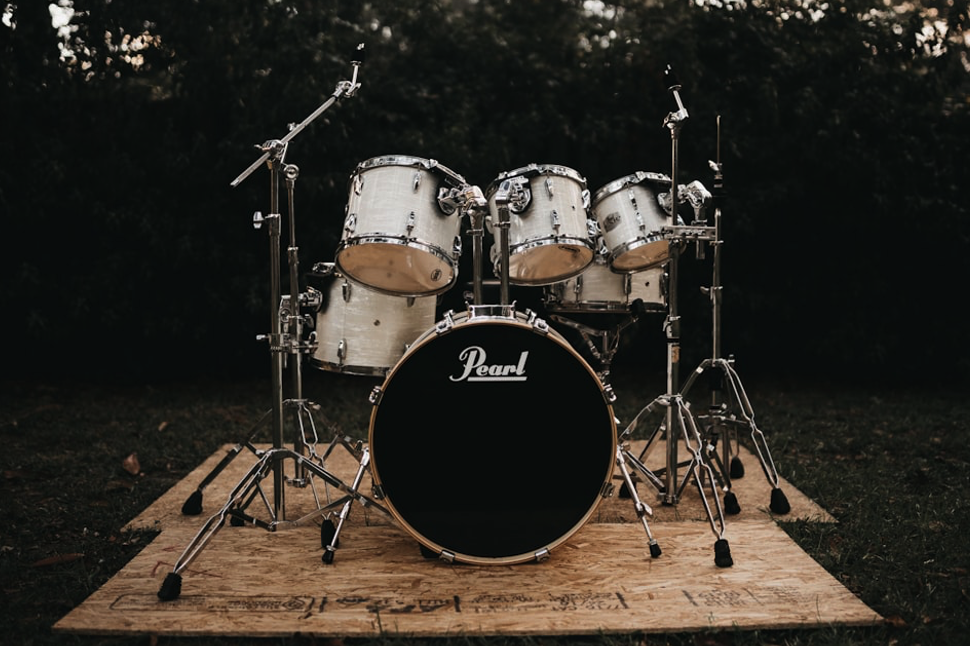
- Electronic drums: Electronic drums are a more modern and adaptable alternative to traditional acoustic drums. They are made out of electronic pads or triggers that make sound when struck, frequently with samples of acoustic drums or other percussion instruments. Electronic drum kits are often smaller and lighter than acoustic drum sets, making them excellent for drummers with limited room or who wish to practice discreetly, as they may be utilized with headphones. Additionally, electronic drums frequently include built-in features such as metronomes, drum patterns, and recording capabilities, which can help with practice and creativity. While some drummers like the genuine feel and sound of acoustic drums, electronic drums provide a diverse selection of sounds and customizing choices that appeal to a large number of players.

Buying a Drum Kit – Acoustic or Electronic?
When selecting between an acoustic and electronic drum equipment, it all comes down to personal preferences, needs, and circumstances.

Consider Acoustic Drums If:
- Authenticity Matters: If you want the traditional feel and sound of genuine drums, acoustic drums may be the ideal option for you. They provide a natural playing experience with rich, organic tones.
- Dedicated Practice Space: Acoustic drums can be noisy, so if you have a dedicated practice room where noise is not an issue, they could be an excellent choice.
- Maintenance and adjusting: Be prepared to devote time and effort to maintaining acoustic drums, such as adjusting drumheads and replacing worn-out components. Acoustic drums may be a good choice if you appreciate the hands-on part of drumming and are willing to handle some maintenance on occasion
Consider Electronic Drums If:
- Space and Noise Constraints: If you live in an apartment or have limited space, electronic drums are a quieter option that may be played with headphones. They are also more compact and portable, making them ideal for tiny living spaces.
- Versatility and Customization: Electronic drums offer a variety of sounds and customization choices, allowing you to experiment with different drum kits, percussion sounds, and effects. This versatility may be appealing if you want to explore with different genres and types of music.
- Many Features: Many electronic drum kits come with built-in practice features such as metronomes, play-along tracks, and recording capabilities, which can be valuable tools for learning and improving your drumming skills.
Ultimately, the greatest decision is determined by your personal preferences, finances, living situation, and musical aspirations. Try out both acoustic and electronic drum in Nepal before deciding which one feels appropriate for you.
In short;
- Acoustic kits are CHEAP and LOUD
- Electronic kits are more EXPENSIVE and QUIET
Electric Drum VS Acoustic Drum
| Aspect | Electric Drums | Acoustic Drums |
| Sound | Electronic, can mimic acoustic drum sounds | Natural, authentic drum and cymbal vibrations |
| Volume | Quieter, can be played with headphones | Louder, may require soundproofing in some cases |
| Portability | More compact and lightweight | Bulkier and heavier |
| Maintenance | Minimal maintenance required | Regular tuning, drumhead replacement, etc. |
| Versatility | Wide range of digital sounds and effects | Limited to acoustic drum sounds |
| Feel | Adjustable rebound and responsiveness | Tactile feel of physical drums |
| Cost | Can vary depending on features and quality | Generally more expensive |
| Practice Features | Built-in metronomes, play-along tracks, etc. | No built-in features, but standalone options available |
Choosing Your First Drum Set as a Beginner in Nepal.
Choosing your first drum set as a beginner in Nepal is a thrilling experience.. Here are some key considerations to guide you through the process:
- Acoustic vs. Electronic:
- Acoustic Drums: Classic choice, natural sound, but loud and needs space.
- Electronic Drums: Compact, quiet, with built-in features, suitable for limited spaces.
2. Skill Level and Budget:
- Look for starter kits with essential components at a reasonable price.
- Upgrade individual parts as you progress.
3. Brand and Quality:
- Research mid-range brands offering decent quality for beginners.
- Visit Audio Shop Nepal, a musical store offering all musical equipment, to compare options and inspect the drums firsthand.
4. Try Before You Buy:
- Sit behind the kit, adjust stands for comfort, and test responsiveness.
- Ensure the size and feel of the kit suit your physique and preferences.
Where to buy drum in Nepal?
If you’re looking for a drum, whether electronic or acoustic, visit Audio Shop Nepal. We offer a diverse selection of instruments, equipment, and accessories from well-known companies. Whether you’re a seasoned musician or a beginner, our skilled staff is here to provide pleasant service and expert advice, ensuring you find the best fit for your requirements. From guitars and keyboards to drums and DJ equipment, Audio Shop Nepal is the ideal destination for all things musical, where every note counts.
FAQ’s
Yes, electronic kits are ideal for practice since they operate quietly, have built-in practice functions, and allow you to utilize headphones for silent practice.
Electronic drums can range in price, but they are often more expensive than entry-level acoustic drum kits due to the electronic components.
The Roland TD-1K, Alesis Nitro Mesh Kit, and Yamaha DTX402K are among the most popular electronic drum kits for beginners.
Yes, electronic drum kits require power to function. They normally come with an AC converter that connects to a power source.
Electronic drum kits can be played with regular drumsticks, exactly like acoustic drums.
Some beginners find electronic drums simpler to play because of their steady responsiveness and built-in practice capabilities, although this is ultimately a personal preference.
Electronic drums have become more responsive as technology has advanced, although some drummers may still prefer the feel of acoustic drums.
Both acoustic and electronic drum kits have advantages. Acoustic drums provide a conventional feel and sound, whilst electronic drums are quieter and more adaptable.
Modern electronic drum kits include high-quality samples that can accurately reproduce the sound of acoustic drums.
Acoustic drums require regular tuning, drumhead replacement, and cleaning, whereas electronic drums need less care.
Yes, electronic drums can be used in live performances, and they have benefits such as easy setup, consistent sound, and volume control.




